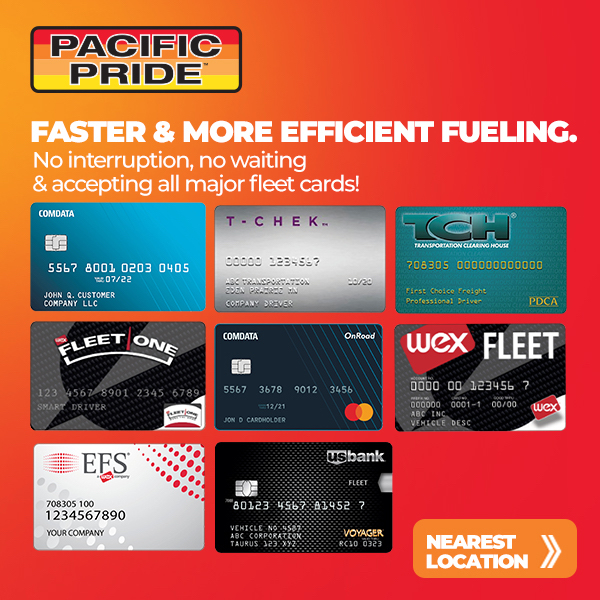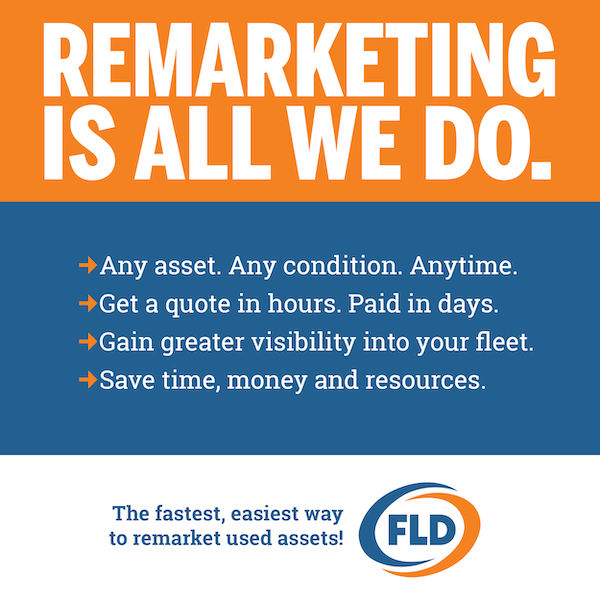
By Robert Martinez, Deputy Commissioner, New York City Police Department
Vehicle acquisition is one of the most important segments of fleet management. This critical part of fleet management relies on budgets, future forecasting, mission, mission changes, and many other factors. If you get it right you will be ahead of the game, if not you will be sinking quickly.
Some might ask how hard can it be to spend thousands of dollars, or in some cases millions of dollars, buying nice new vehicles. You could only be a hero buying and giving out new vehicles, right? That is true, however, only if you do it right! What does it take to get it right? Luck, knowledge, money, freedom to make decisions, fully understanding your organization and its future, to name a few.
To reduce the role that luck plays in acquisition, it can help to follow these lessons I’ve learned throughout my career.
Make the most of your budget
We ‘ll first look at budgets, because no money equals no acquisition. Budgets usually come yearly but are forecasted for years — five and ten commonly. The vehicle budget in many organizations is at the top of the expense column. This is an ideal position when belt-tightening is the order of the day.
Belt-tightening is the time when fleet managers must roll up their sleeves and look at things like lifecycle replacement and where they can find efficiencies. Some efficiencies could be eliminating underutilized vehicles, repurposing vehicles, and partnering with other organizations for acquisitions. This is also the time to consider alternatives to acquisition like vehicle pooling, car sharing, public transportation, using ride-haling services like Uber and Lyft, renting vehicles, and bicycles for police patrol.
Another way to live within a tight budget is to see whether any equipment on vehicles you’re going to retire can be recycled. Many trucks have bodies that can outlive the chassis and drivetrain. In law enforcement fleets, items like light bars and cages can be recycled.
Match vehicles to their missions
Now that we have the money out of the way, getting the right vehicles for the mission is paramount. This starts with identifying the needs of the end-user and matching the vehicle to the organization’s mission. I also suggest reviewing the history of current vehicles to see how they are preforming and how well they have been fulfilling their mission.
The most important aspect of acquisition is determining the right vehicle specifications. Specifications are your fleet’s life blood, and if the vehicle does not meet the requirements of the mission, you will be behind the eight ball.
For example, if a truck needs to haul 20,000 pounds and the bid or contract said 17,000, you have a problem. The specifications should be very tight if the operation calls for the vehicle to do a specific task. In some cases, you might not really need a special vehicle for the job at hand; if so, a looser spec might help with competition.
Cheaper isn’t necessarily better
Competition is always good when looking for the best pricing. Just be careful because cheaper is not always better. There are vendors that only want to make a profit and do not care if the vehicles meet the end user’s needs. This is where we should be looking at history and at lessons learned. Every contract or spec should be better than the last one written.
Advanced technology may increase your acquisition costs, but may well be worth the extra expense. Vehicle technology is always changing. Keeping a fleet up to date with those changes could save millions in avoiding employee injuries and fatalities as well as lowering the cost of fuel and maintenance. Vehicles are becoming safer year after year. Fuel mileage has doubled in the past ten years for most vehicles, and advanced technology can lower maintenance costs. Things like automatic braking, backup cameras, and adaptive cruise control are keeping employees safer and reducing lawsuits.
Avoid acquisition spikes and valleys
Ideally, the number of vehicles a fleet acquires should be approximately the same year to year. This helps to avoid crises when budgets decline, as well as avoiding budget cuts a year after you don’t spend all of your acquisition budget. To arrive at that number, simply divide the total of vehicles in that category or group by the life cycle number of years. Some fleets use mileage as an indicator, and the manager might rotate vehicles between high mileage users and low mileage users.
Other considerations for determining when to replace a vehicle or a whole class are total cost of ownership, maintenance cost, fuel cost, and any other key performance indicators that are important to the operation. How does the organization get the biggest bang for the buck? What upfits to vehicles are really needed or are they something the fleet does just because it always has? Does a more expensive vehicle really save money in the long run? These are some questions that need to be asked every year.
Teamwork improves results
Vehicle acquisition can be either a one-person show or a team effort. Either way, the process requires coordination among the budget office, the spec writers, the bid system, and dealerships or vendors. Making sure the dealership orders the vehicles the way you need them and on time takes constant follow up. Then a robust quality control process when vehicles are delivered is critical. The fleet manager should never cut corners in this important segment of fleet management.
Browse previous In the Public Interest columns



